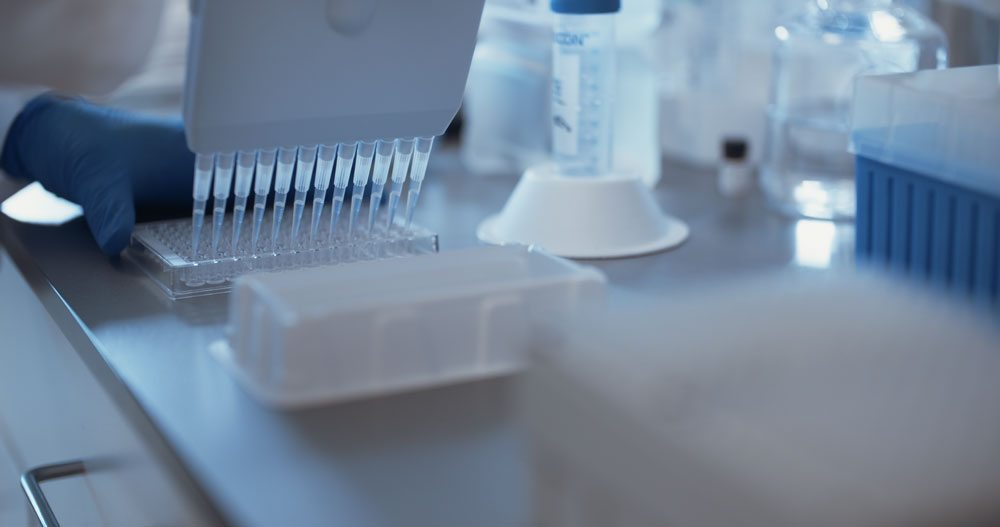At the end of last week, Minerva Neurosciences Inc (NASDAQ:NERV) soared more than 210% across a single session, on some positive data from a phase IIb of its lead candidate, MIN-101. The drug is a receptor agonist, targeting 5-HT2A and sigma-2 receptors, and is currently under development in a schizophrenia indication. The data was positive, and therein lies the justification for the gains, but is a more than 200% upside justifiable, or have markets overreacted to the data? After all, it is only phase II – this sort of upside is generally reserved for positive pivotal, or beyond that, agency acceptance. Let’s try and figure it out.
So, first, let’s have a look at the drug in question. Minerva’s MIN-101, as mentioned is a 5-HT2A and sigma-2 receptor agonist. The agonist element of this title simply means it binds to the receptors in question and pushes the to do whatever they would normally do on activation. These two receptors are primarily associated with dopamine and serotonin uptake – two hormones with which readers will likely already be familiar. The agonization of the receptors in question serves to increase uptake of both dopamine and serotonin, and in turn, target what are referred to as the negative symptoms of schizophrenia. Most of the currently available schizophrenia drugs target the positive symptoms – that is, delusions, hallucinations, agitation, etc. By targeting the negative symptoms (flatness, lack of pleasure in daily life, etc.), Minerva is going after what looks to be a pretty significant unmet need in the space.
So, the drug increases uptake of two hormones responsible for making people feel better mentally, and as such, it looks as though it can be an effective treatment for schizophrenia. Data supports this hypothesis. The trial looked at MIN-101 in comparison to a placebo, with a primary endpoint of the improvement of negative symptoms. MIN-101 patients reported a statistically significant benefit over the placebo arm (from baseline) and the safety and tolerability measurements came out in support of the drug. Secondary endpoints also came in as met.
So that’s all well and good, but why the upside at of the magnitude seen in the trial? Well, the positive data has implicationsbeyond an advancing of MIN-101 into a pivotal trial. Specifically, it paves the way for a potential partensrhip between Minerva and big pharma – a partnership that would not only secure the funding for the drug going forward (i.e. between now and commercialization) but also provide some near term development capital for Minerva, and – longer term – potential royalties on the back of a big pharma backed sales drive for the products in question.
This potential is what has driven the 200% gains, and is what markets are banking on happening going forward in response to the latest data.
So, the question is, does this potential justify the upswing in capitalization? Well, the market potential is huge – that’s undeniable. The leading drug in this indication, Ablify, generates in excess of $7.2 billion annually. This potential, of course, is the root of the big pharma interest.
A large target market, however, even when combined with a bit of positive phase II data, far from guarantees approval. And this makes the 200% look a bit overenthusiastic. The market currently (post-gains) values Minerva at a little over $316 million. This comes on the back of a small correction at the very end of last week, which in turn came likely as a number of shorter term holders took profits on the 210% gains.
The bottom line here is that the company was probably an attractive buy based on the potential of its lead candidates back before the data release, but now it looks a little overbought. Why? Because its current valuation is based entirely on the potential for a big pharma partnership. Without this, it’s probably going to struggle to fund a phase III in any of its target indications (balance sheet shows just shy of $35 million cash on hand at last count). If this is the case, a capital raise will be required to carry it forward, and this will dilute the current holders.
So, to answer the initial question, the 200% looks a little optimistic, and far from makes the company attractive at its current price. It’s one to keep an eye on – the data is great, regardless of the response – but we’ll wait to see how a potential partnership plays out before forming a forward bias.
